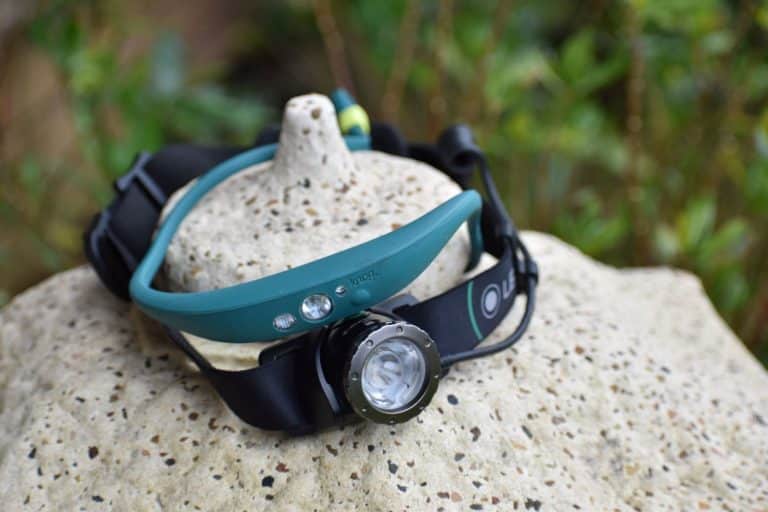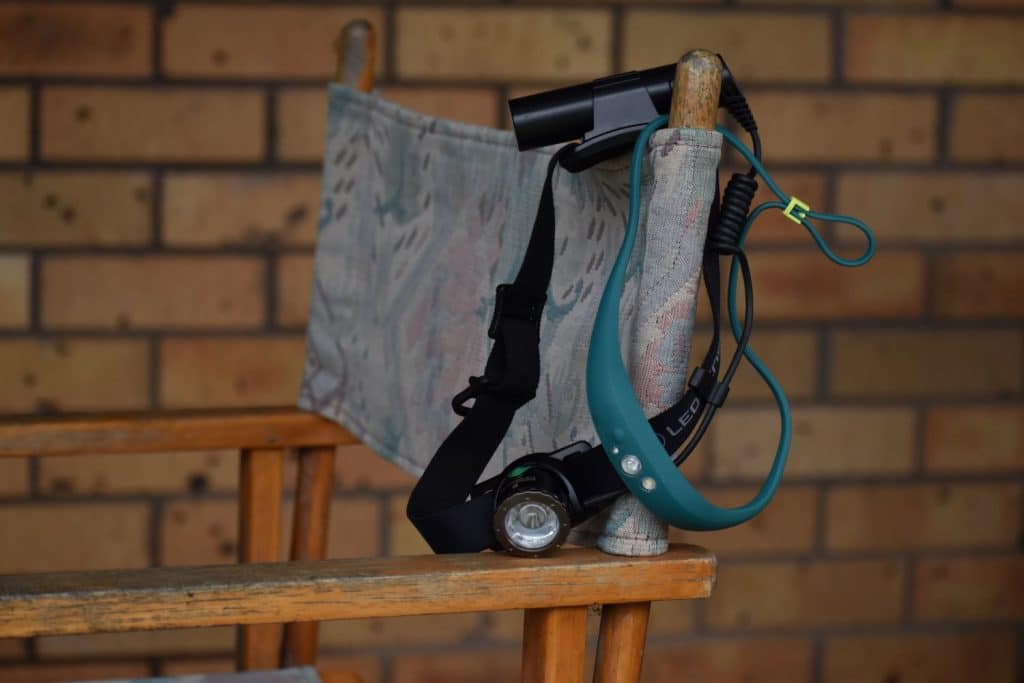The easy guide to choosing a head torch




A head torch is one of those things you don’t realise how much you need until you lose it. I can’t count the number of times I’ve forgotten my head torch and struggled with my phone light at the campsite. Or worse, remembered the head torch but forgot to charge it or pack batteries.
Regardless of what type of camper you are, a head torch is one of the most useful camping accessories you can have. They make living a hands-free life super easy when it comes to things like cooking, cleaning, setting up the tent and finding the toilet. So if you’re in the market for a new head torch, here’s a handy guide you should read before clicking the ‘buy’ button.
Before you start looking into the nitty gritty of head torch technology, have a think about what exactly it is you’re going to be using it for. Do you camp every weekend rain hail or shine or just occasionally? Do you need your head torch to navigate or are you just pottering around camp? Will it be your only camping light source or just a spare for emergencies? Deciding on the end use for the torch will help you prioritise what features to look for and help you work out how much you are willing to spend.

A head torch can cost anywhere from $3 to $1200 and there are thousands of options on the market so it can be easy to get overwhelmed. If you have endless money to spend, that’s great! But if you don’t, set yourself a budget before you start shopping so that you don’t get carried away buying high-tech gear you don’t really need.
Now that you’re down to the business of shopping around, there’s some important terminology you should get familiar with.
The first and most important of those is “Lumens”! Basically, this refers to how much visible light the bulb in your torch will produce. The higher the lumens, the brighter the bulb. On the lower end of the scale, around 10-150 lumens is great for setting up a tent, reading, cooking on the fire, or walking along a fairly familiar track or path. It’s not the brightest, but it gets the job done.
If you really need a heap of light for exploring unknown territory in the dark or seeing a long way, look more in the 300-500 lumens range. The higher lumen torches tend to come with a more expensive price tag and often a shorter battery life so think carefully about how bright you really need your torch to be.
While lumens are important, the actual beam direction and distance of your torch are equally important. A torch with a wide beam will illuminate a wider area closer to you, while a spotlight beam is narrower but will send a strong beam of light across a farther distance. A wide beam is useful for things like campsites or reading books or maps, while a spotlight beam is useful for navigation or spotlighting in the trees for animals.
Make sure you check what the beam width and distance are before taking the plunge. Some head torches have an adjustable beam function where you can switch between wide and spotlight beams by turning a dial.

Many head torches will have multiple light modes of varying brightness you can choose between. This is a really handy feature because you won’t always need the torch on full brightness at all times and a lower setting will help extend your battery life.
In addition to different brightness settings, some head torches will have a strobe setting (for attracting attention in emergencies) and a red light setting. A red light setting will use even less battery and it also won’t attract bugs the same way yellow or white light does. This makes it perfect for warm climates and summertime when the bugs are out in force. It’s also usually much dimmer so you’re less likely to accidentally blind your fellow campers.
Choosing between these options is really a personal preference.
Disposable batteries tend to last a little longer but gradually decrease in brightness over time. Rechargeable batteries have a shorter life but will maintain their max brightness the whole time until it abruptly runs out.
Rechargeable batteries are less wasteful and really simple to recharge although they take a couple of hours to get their power back. Using disposable batteries means you always have to buy and carry spares, but in the event that your torch runs out, just pop in a fresh set and you’re back. No need to wait for hours to recharge.
If you have frequent access to a reliable power source then rechargeable might be the way to go but if you’re heading remote with no access to power, disposables might be the best option!
The design and ease of use of your headtorch are really important considerations. If you can, try it on in-store or borrow a friend’s head torch for a test run. Things to look for are how tight or loose the straps can go and how easy they are to adjust. Is it simple to switch between light modes? Can you adjust the direction of the lamp? What material is it made from? Will it be too heavy on your head?
What works for you may not work for the next person so choose wisely. Regardless of the head torch you end up with, this is one piece of camping equipment that you won’t be able to live without.